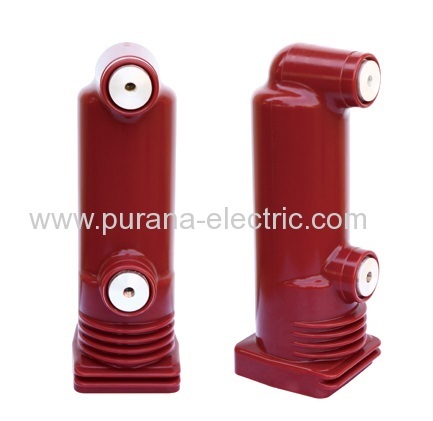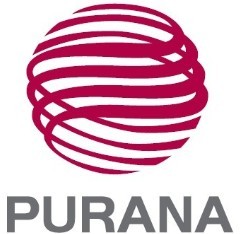Product (203)
- Spring Operating Mechanism (2)
- Switchgear Accessories (6)
- Cable Accessories (Cable Connector & Cable Terminal) (10)
- Indoor Vacuum Circuit Breaker (7)
- Outdoor Vacuum Circuit Breaker (4)
- Embedded Poles (34)
- Spout (Contact Boxes) (15)
- Load Break Switch and Accessories (12)
- Contact and Contact Arm (64)
- Vacuum Circuit Breaker Trolley (5)
- Switchgear Lighting Lamp (2)
- Auxiliary switch (6)
- Low Voltage Switchgear Panel Accessories (1)
- Epoxy Resin Insulating Accessories (28)
- Multifunction Protective Relays (1)
-
Secondary Socket and Plug
(4)

- VD4 Motors (2)
News (31)
Electric Knowledge (5)
Credit Report
Products Index
News
The innovation: Embedded poles

One major advantage of the vacuum interrupters is their extremely high internal dielectric strength resulting from the UHV, which requires no checking whatsoever throughout the service life of the interrupter. The external dielectric strength is however limited by the insulation capacity of the air, and therefore also requires compensation for adverse ambient conditions such as soiling of the surface or extreme condensation.
One method of increasing the external dielectric strength of the vacuum interrupters is to embed the chamber in a solid material (e. g. silicone or epoxy resin moulding compound). In such cases, the vacuum interrupter is additionally well protected against external mechanical influences such as impacts.
In the case of poles manufactured in column form, the assembled poles, the vacuum interrupters are bolted to their terminal connections inside an insulating tube of epoxy resin. With embedding technology, however, the maintenance-free vacuum interrupters are directly cast in epoxy resin by the automatic pressure gel (APG) process to produce a formfit pole. As a result, the vacuum interrupters and the epoxy resin enclosures can be manufactured with the smallest possible number of bolted connections. This ensures freedom from maintenance for the embedded poles, and facilitates especially compact and robust design.
The main advantages of embedded poles are high dielectric strength without additional external compensation in air, usability in an extremely wide range of climatic conditions, and good protection of the vacuum interrupter from dust, mechanical impacts and moisture. Furthermore, the greatly reduced number of individual parts required allows significantly increased production reliability to be achieved with shortened production times. With the introduction of the embedded poles, a modern Manufacturing Execution System (MES) was also installed, in which all important information such as the process and material parameters for each individual embedded pole are stored and made available for detailed evaluation at a later date.
ABB started the market launch of the world's first embedded poles with the 12kV components for low and medium switching capacities (Isc up to 31.5 kA) in 1997. This led to a new trend for vacuum circuit-breakers in medium voltage engineering. With the continuous development of this technology, embedded poles are now available and established on the market for all indoor and outdoor applications with operating voltages Ur up to 40.5 kV and short-circuit breaking currents Isc up to 50 kA. A new production record with almost 150000 embedded poles in 2006 clearly illustrates this trend.
Together with the use of embedded pole technology for indoor applications, the development of a new epoxy resin system specially designed for outdoor applications made it possible to construct outdoor poles for even the most adverse environmental conditions and launch these on the market. The special properties of the new hydrophobic cycloaliphatic epoxy resin (HCEP) include its high UV resistance, impact strength and usability at temperatures down to –60 °C. The portfolio of outdoor embedded poles now comprises poles for circuit-breakers in outdoor installations for up to 12 kV and poles for outdoor reclosers with rated voltages Ur up to 38 kV with integrated current transformers.
Pre Page:
Vacuum Interrupters and Embedded Poles...
Next Page:
Medium voltage circuit breakers




